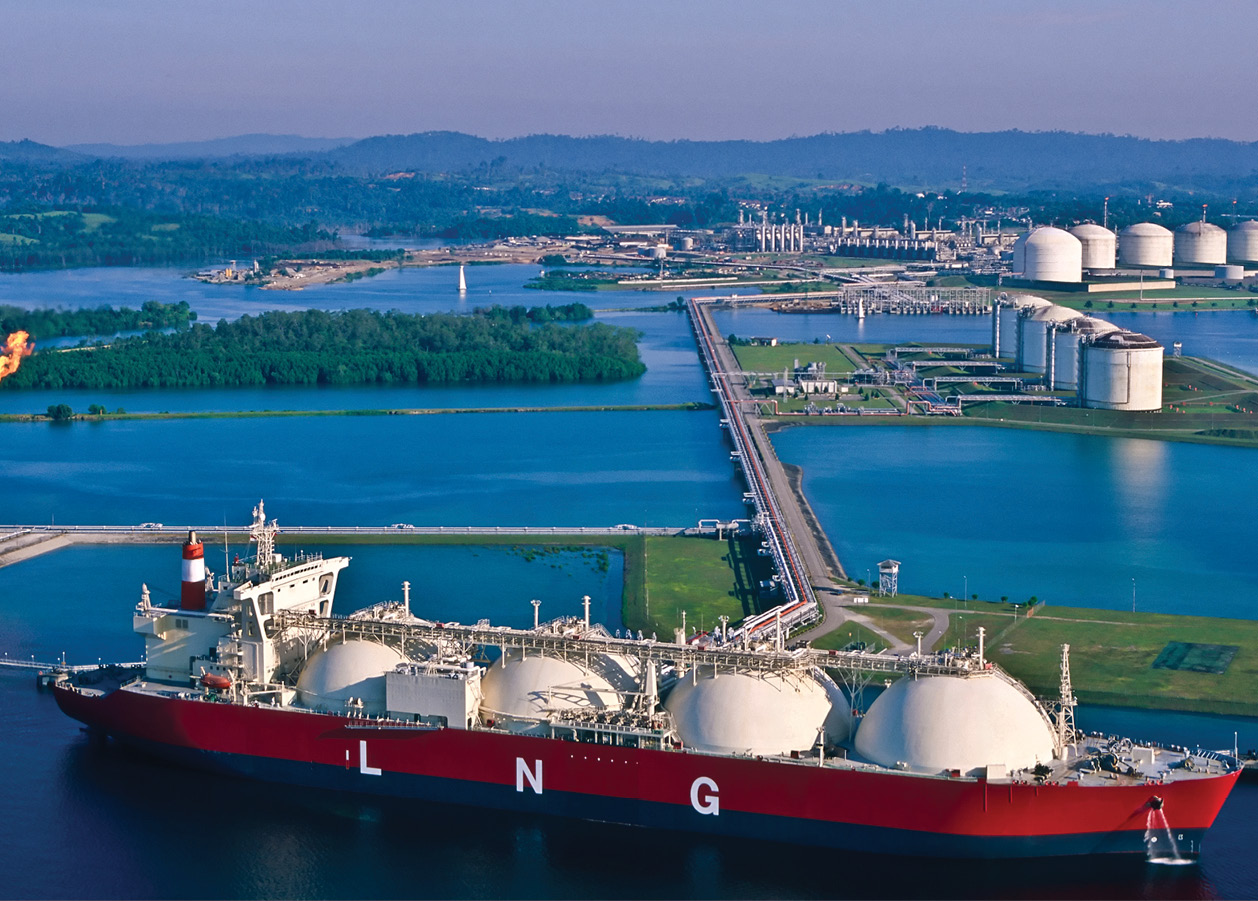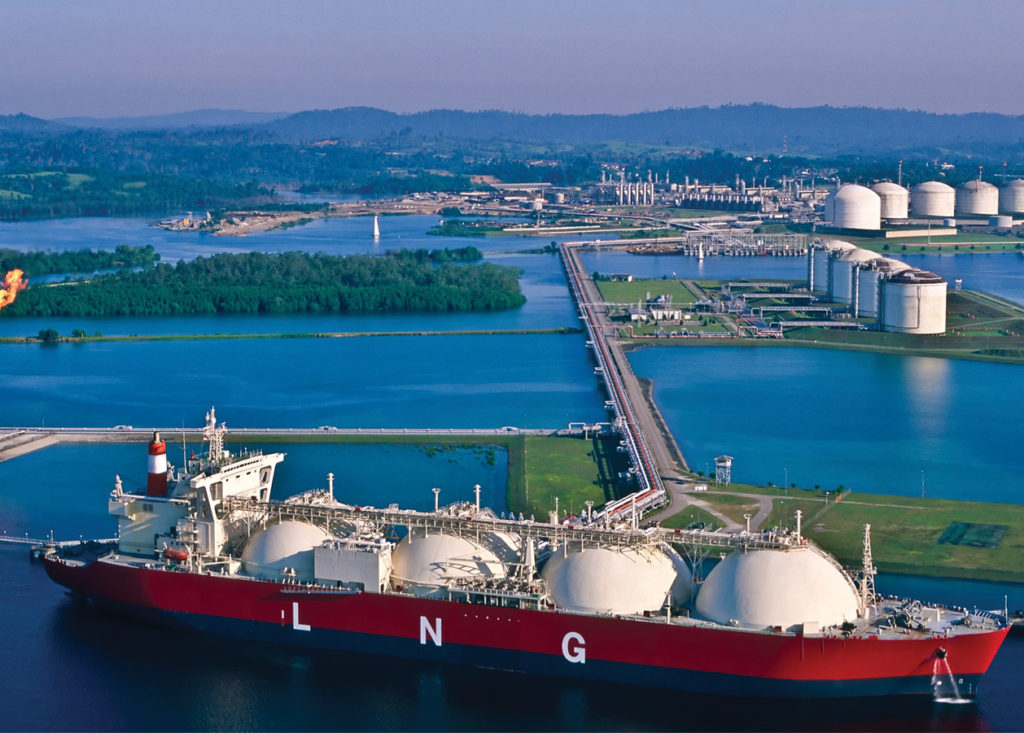LNG could be on its way from Texas to Cork


Plans are afoot to import LNG from Texas to Ireland, via the Port of Cork, which could account for up to one third of Ireland’s natural gas requirements.
NextDecade, a liquefied natural gas (LNG) development company focused on export projects in the State of Texas, has signed a Memorandum of Understanding (“MOU”) with the Port of Cork Company to advance a joint business development opportunity in Ireland for a new Floating Storage and Regasification Unit (FSRU) and associated LNG import terminal infrastructure.
Under the terms of the MOU, the potential development at the Port of Cork would receive LNG from NextDecade’s planned Rio Grande LNG (RGLNG) project in South Texas. The development would provide competitively priced energy solutions to Ireland and its regional partners under long-term contracts. If constructed, the project would substantially increase and diversify Ireland’s supply of natural gas.
The MOU commits the parties to undertake exclusive negotiations to develop the LNG import project. The Port of Cork is a sheltered, natural deep water harbour capable of handling large liquids and cargo ships of all sizes.
NextDecade’s RGLNG project is located in close proximity to associated and stranded gas resources in the Permian Basin and Eagle Ford Shale. RGLNG and its associated Rio Bravo Pipeline, originating in the Agua Dulce market area, are well-positioned among the second wave of U.S. LNG projects. NextDecade believes the Port of Cork facility could support imports of up to 3 mtpa from RGLNG.
In December 2016, NextDecade announced it had signed a Heads of Agreement with Norway-based, Floating Storage Regasification Unit (FSRU) provider FLEX LNG for the joint development of a full value chain infrastructure solution utilizing FSRU and dockside regasification import technology.
FLEX LNG will be supporting NextDecade to provide a fully integrated regas import solution for the proposed LNG terminal at the Port of Cork. NextDecade is also in discussions with European energy companies to enter into long-term purchase contracts for delivery of LNG at the Port of Cork. Additionally, NextDecade will manage shipping from its proposed RGLNG export facility at the Port of Brownsville in South Texas to the Port of Cork.
NextDecade, based in The Woodlands, Texas, is a developer of LNG projects and associated pipelines in the State of Texas. The company is focused on providing customers around the world with flexible solutions for low-cost, reliable LNG. Founded in 2010, the company has a team of industry leaders with extensive experience in signing major LNG off-take deals, and developing and managing LNG, FLNG, and FSRU projects, as well as associated natural gas and electricity infrastructure around the world.
In June 2017, Harmony Merger Corporation filed a definitive proxy statement with the U.S. Securities and Exchange Commission. This provides detailed information regarding Harmony’s planned merger with NextDecade.
The beginning of August 2017 saw the Port of Cork Company welcome a delegation from NextDecade to mark the recent MOU.
Port of Cork Chairman John Mullins said: “NextDecade, has extensive experience developing global LNG projects, including the world’s first FSRU. NextDecade is a publicly-traded company and the executive team has strong track record of success. As an entry point into the Irish energy market, Port of Cork is an attractive location for an FSRU-based LNG import terminal. Surrounded by existing marine infrastructure and industrial facilities, the proposed site is less than 2 km from the Gas Networks Ireland Grid and would benefit from relatively benign metocean conditions.”
He continued: “This project will be designed to support incremental opportunities such as small scale LNG distribution and bunkering for LNG fuelled vessels. We have had very positive meetings this morning with key industry players, all of whom are supportive of this project. Of course together with NextDecade there is a lot of ground work to complete and we look forward to widening our consultation on this project in the future.”
Following a visit by NextDecade in early May, one area within the harbour was focused on: the west of Whitegate Jetty and inside Dognose for this development.
The full implementation of the NextDecade plan would account for one third of Ireland’s natural gas requirements. Currently, natural gas delivers around a quarter of Ireland’s energy requirements. Most of that gas comes from the Corrib gas field and from the depleting reserves in the Kinsale field, but around 40 per cent of it is imported through interconnectors.
Speaking on RTE Mullins said that the NextDecade plan should act to reduce gas prices to Irish domestic consumers and the business sector.
“The LNG coming from Texas is a byproduct of the oil industry. NextDecade must find a home for it and Ireland is the closest market destination that is available within Europe.
“The proposed development may well also create new job opportunities in the Whitegate area of Cork. NextDecade has already commissioned a number of similar projects across Europe, including Teesside in the North of England.”
He also confirmed that FRSU is the cheapest and safest way to regasify LNG. As a rule of thumb, the development of an FRSU terminal is 10 per cent of the cost associated in developing a land-based LNG terminal.
FSRUs can be developed in two ways. Either they can be equipped as a separate unit aboard the LNG carrier itself or an old gas carrier can be converted into an independent unit and placed in a particular destination.
The second option is more viable as docking a refurbished regasification unit would ensure that the supply and demand chains are adequately balanced.
Since the refurbished FSRU would also be able to provide storing feasibilities of LNG, constant transference of the LNG cargo from LNG vessels would ensure that there is no storage depletion whatsoever.
Mullins continued: “It is now the technology of choice throughout the energy industry. The envisaged site for the FRSU in Cork Harbour is extremely close to the existing Irish natural gas pipeline. The location has also seen the arrival and departure of extremely large cargo vessels for the past 50 years, given its proximity to two power plants and an oil refinery.
“The LNG coming from Texas is a byproduct of the oil industry. NextDecade must find a home for it and Ireland is the closest market destination that is available within Europe.”
“Once the regasification process has been completed, the gas will be pressurised to that required for Ireland’s supply network.”
Mullins said the NextDecade is a NASDAQ listed business. “They have an extremely strong track record in exporting LNG around the world. All of this is good news for Ireland.”
Mullins suggested that Irish interconnectors could be reversed to send gas from Ireland to England or Europe.
“There is no reason why one of the interconnectors coming in to Loughshinny could not be reversed and the combination of Corrib and this new gas source actually could supply Lancashire and Yorkshire.”
However, the Port of Cork chairman made it very clear that underlying economics will drive the NextDecade gas supply plan forward.
“We currently source a significant proportion of our natural gas from Britain. However, Brexit could put this in jeopardy. We need security of supply and the good news is that the NextDecade plan will help secure this objective.
“LNG from Texas will also add to the number of gas sources available to Irish consumers Enhanced competition will also act to deliver prices that benefit gas users.
“Gas will continue to be a major energy source for Ireland. The NextDecade plan represents a win:win scenario for the Irish economy.”





